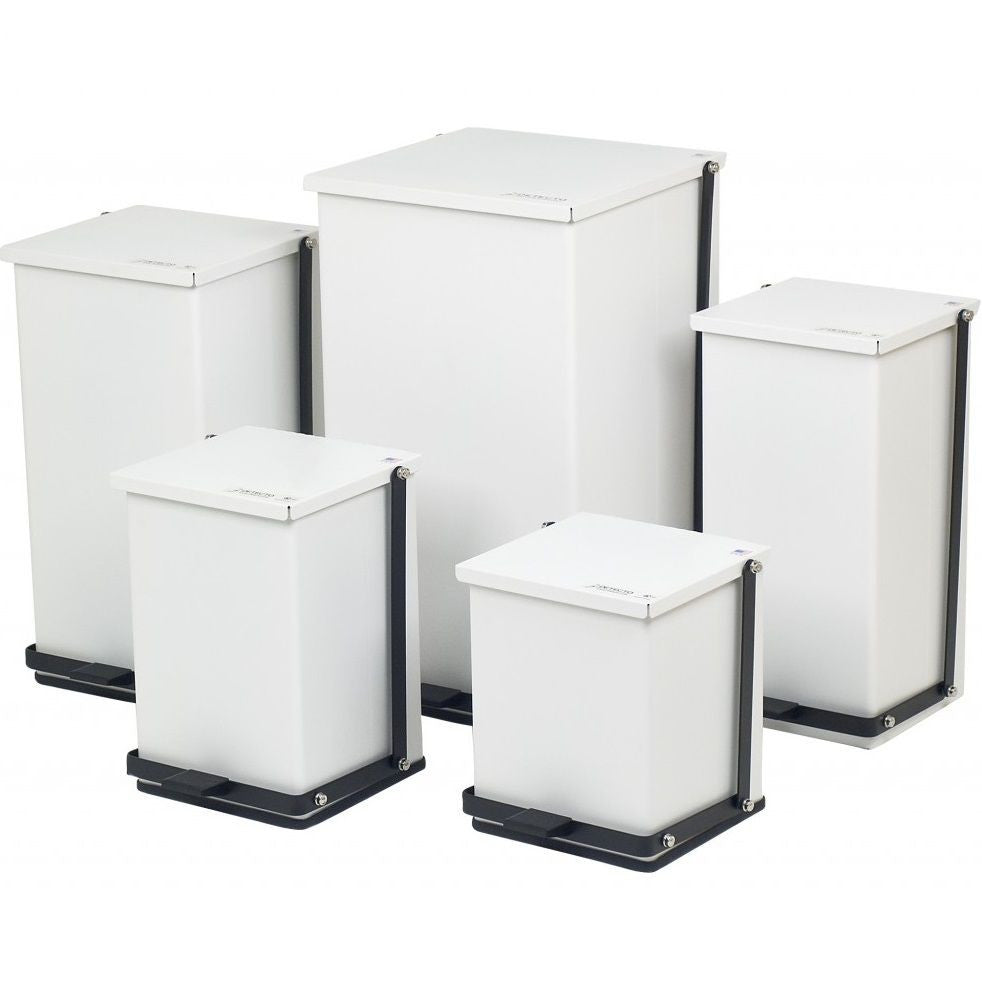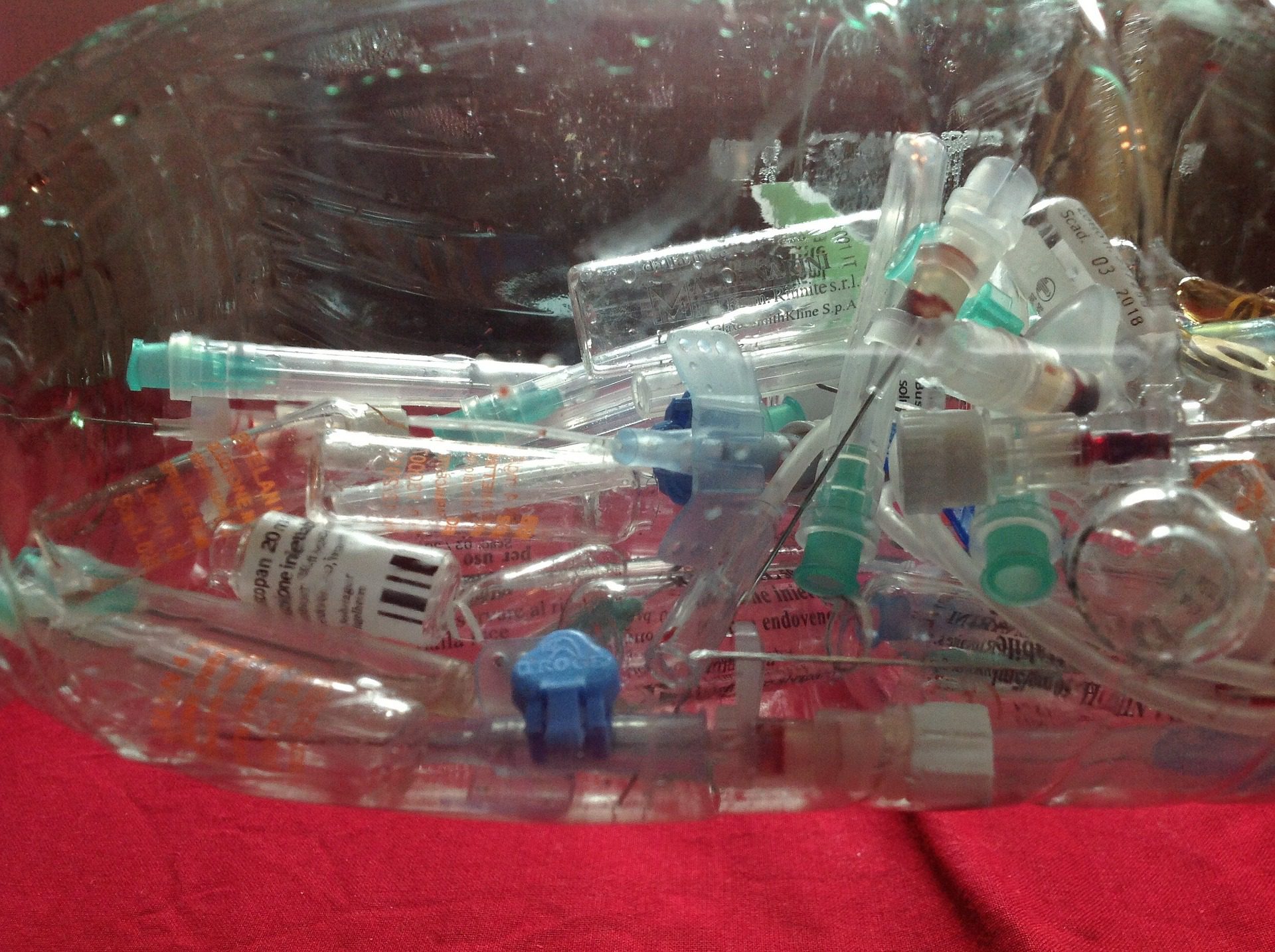Safety and security First: Your Overview to Liable Medical Waste Removal Services
The Importance of Proper Clinical Garbage Disposal: A Guide for Health Care Facilities
Correct clinical garbage disposal is an essential element of health care center management, making certain the safety and well-being of individuals, team, and the setting. From recognizing the different classifications of clinical waste to abiding by regulative requirements, health care facilities need to adopt effective waste partition techniques and pick suitable disposal techniques. The relevance of appropriate medical waste disposal goes past simple compliance; it is a responsibility that calls for continuous training and education and learning for staff. In this guide, we will discover the numerous aspects of medical waste disposal and highlight the necessary actions that healthcare facilities must take. By applying these practices, health care centers can alleviate dangers, shield public wellness, and add to a cleaner, more secure environment.
Comprehending Medical Waste Categories
Recognizing clinical waste groups is vital for correct disposal in medical care facilities. Medical waste is a broad term that encompasses different kinds of waste produced in medical care setups, such as labs, centers, and healthcare facilities. Classifying medical waste helps make certain that it is taken care of, stored, and disposed of securely and in conformity with applicable guidelines.
There are several classifications of clinical waste that health care centers need to be knowledgeable about. These groups consist of contagious waste, sharps waste, pharmaceutical waste, chemical waste, and radioactive waste (medical waste disposal services with WasteX). Each category has particular characteristics and needs different disposal methods to lessen the threat of harm to medical care workers, patients, and the atmosphere
Contagious waste, for instance, describes lose infected with potentially transmittable products, such as blood, body fluids, and cells. Sharps waste includes needles, syringes, and various other sharp things that can cause injury or transmit infections. Pharmaceutical waste includes expired or unused medications, while chemical waste contains hazardous chemicals made use of in medical procedures. Finally, contaminated waste consists of products infected with contaminated compounds, such as nuclear medicine materials.
Compliance With Regulatory Requirements
Healthcare centers need to make sure compliance with regulative needs for appropriate clinical waste disposal. Governing bodies, such as the Epa (EPA) and the Occupational Safety and Health Management (OSHA), have actually established policies and standards to protect public health and the setting. These policies lay out the appropriate handling, storage space, transport, and disposal of medical waste.
Conformity with regulative needs is crucial for healthcare centers to avoid lawful penalties, reputational damages, and potential injury to human health and the setting. Failure to follow these policies can cause fines, claims, and even the suspension or retraction of operating licenses.
To make certain conformity, medical care facilities must establish detailed waste management programs that include team training, proper waste segregation, and the usage of appropriate containers and labels. Normal audits and evaluations must additionally be conducted to determine any type of non-compliance problems and resolve them immediately.
It is necessary for health care centers to stay up to date with modifications in regulations and update their waste management methods as necessary. This can be achieved by actively keeping an eye on updates from governing bodies and getting involved in training programs and workshops.
Implementing Reliable Waste Partition Practices
To make certain proper medical waste disposal, healthcare facilities must execute efficient waste partition techniques. Waste partition is an essential step in the overall waste management process, as it helps reduce the danger of infection, stops cross-contamination, and makes sure the risk-free disposal of various kinds of waste. Efficient waste segregation practices involve dividing clinical waste right into different classifications based on its qualities and potential hazards.
One common practice is the partition of sharps waste, such as scalpels and needles, from various other kinds of medical waste. Sharps waste should be positioned in puncture-resistant containers to avoid injuries and potential infections. In addition, harmful waste, such as chemicals and pharmaceuticals, ought to be divided from general clinical waste to stop ecological contamination.
Correct labeling and color-coding of waste containers are crucial for efficient waste segregation. Clear and noticeable tags must be put on each container to indicate the kind of waste it has and any kind of special delivery demands - medical waste disposal services with WasteX. Furthermore, color-coding can be made use of to distinguish in between different waste groups, making it much easier for medical care staff to dispose and identify of waste properly
Normal training and education for health care personnel is crucial for the successful execution of waste partition practices. Personnel need to be educated on the different waste classifications, correct partition techniques, and the importance of complying with waste monitoring methods. This will aid ensure compliance and consistency in waste segregation methods throughout the center.
Finding Appropriate Disposal Approaches
Proper Home Page selection of ideal disposal methods is necessary in making certain the environmentally responsible and secure monitoring of clinical waste in medical care centers. Health care centers produce a range of medical waste, including sharps, transmittable waste, pharmaceutical waste, and chemical waste - medical waste removal near me. Each sort of waste calls for details disposal techniques to lessen the danger of contamination, injury, and environmental harm
One common disposal approach for clinical waste is incineration. Incineration includes the controlled burning of waste at high temperature levels. This approach is efficient in ruining pathogens and lowering the quantity of waste. Nevertheless, it can release harmful toxins into the air if not properly regulated.

Chemical sanitation is another approach used for certain sorts of medical waste, such as pharmaceutical waste. This approach uses chemicals to counteract or destroy impurities. It is essential to pick chemicals that are safe and ecologically friendly.
In many cases, garbage dump disposal might appropriate for non-hazardous medical waste (medical waste disposal services with WasteX). Proper segregation and product packaging are critical to protect against leakage or contamination.
Ultimately, health care centers should meticulously examine the features of their medical waste and select ideal disposal methods that focus on security, environmental protection, and regulatory conformity. Routine training and monitoring are vital to ensure that medical care personnel follows proper disposal methods.

Training and Educating Team on Proper Disposal Treatments
Personnel education and training play a critical function in ensuring the appropriate disposal of clinical waste in health care centers. It is necessary that all team member, including physicians, registered nurses, technicians, and support personnel, obtain detailed training on appropriate disposal treatments. This training needs to cover the different kinds of medical waste, their prospective threats, and the proper approaches for dealing with, setting apart, and dealing with them.
Among the primary goals of personnel education and training is to make sure that all medical care professionals recognize the relevance of proper disposal treatments and the possible repercussions of improper waste administration. They require to be knowledgeable about the threats connected with clinical waste, such as the transmission of infections and the contamination of the setting. medical waste removal service. By understanding these dangers, personnel will certainly be extra motivated to comply with appropriate disposal procedures and take the essential precautions to safeguard themselves, their colleagues, and the community
Educating should also cover using personal protective tools (PPE) and the appropriate methods for managing clinical waste. Staff participants need to be enlightened on how to identify and segregate different kinds of waste, such as sharps, contagious waste, and dangerous chemicals. They ought to also be educated on the appropriate use waste containers, such as sharps containers and biohazard bags, as well as the significance of labeling and sealing these containers properly.
Furthermore, staff education and training must include regular updates and refresher course programs to guarantee that healthcare specialists stay notified regarding the most up to date policies and finest methods in medical waste disposal. This recurring education is important to maintain a high degree of understanding and compliance among employee.
Conclusion
Finally, appropriate medical garbage disposal is of utmost importance for health care facilities. Recognizing the different groups of clinical waste and adhering to governing demands guarantees the safety and security and well-being of both medical care workers and the public. Implementing efficient waste segregation methods and picking suitable disposal techniques are essential in preventing the spread of transmittable diseases and protecting the environment. Lastly, training and informing personnel on proper disposal treatments is essential for maintaining a safe and clean health care center.
From recognizing the different classifications of clinical waste to complying with regulative needs, healthcare facilities have to adopt efficient waste partition practices and choose proper disposal approaches. These categories include transmittable waste, sharps waste, pharmaceutical waste, chemical waste, and contaminated waste.To ensure appropriate clinical waste disposal, medical care centers must execute reliable waste partition techniques. Waste segregation is a vital action in the total waste monitoring procedure, as it aids minimize the risk find this of infection, stops cross-contamination, and makes certain the secure disposal of various types of waste. Health care centers generate a variety of medical waste, content including sharps, contagious waste, pharmaceutical waste, and chemical waste.